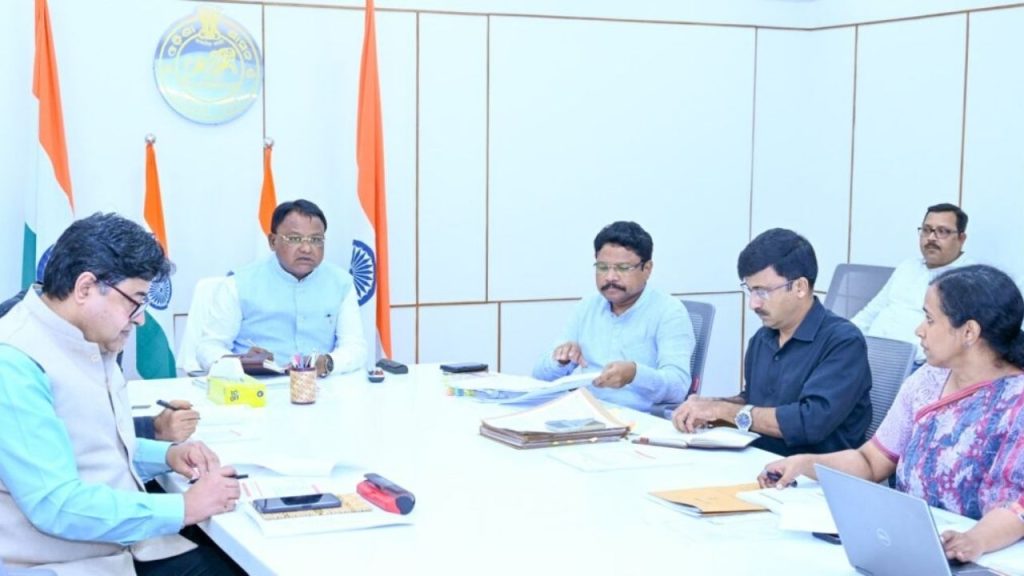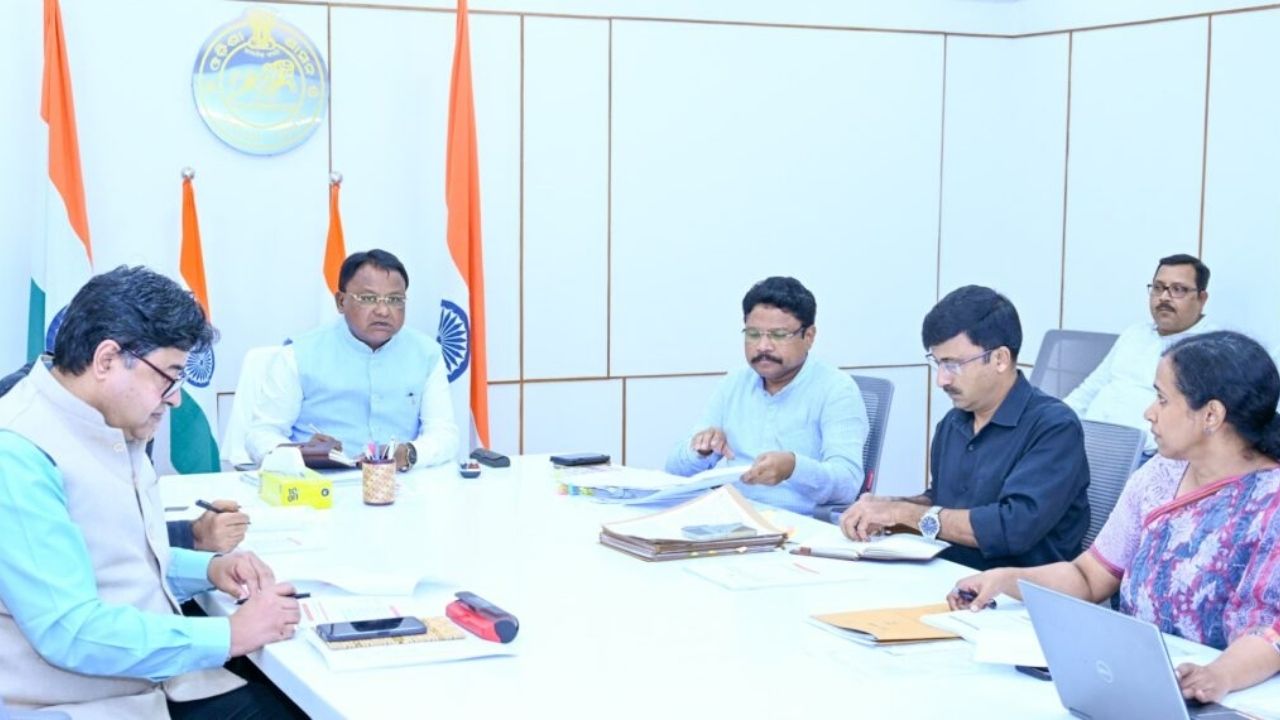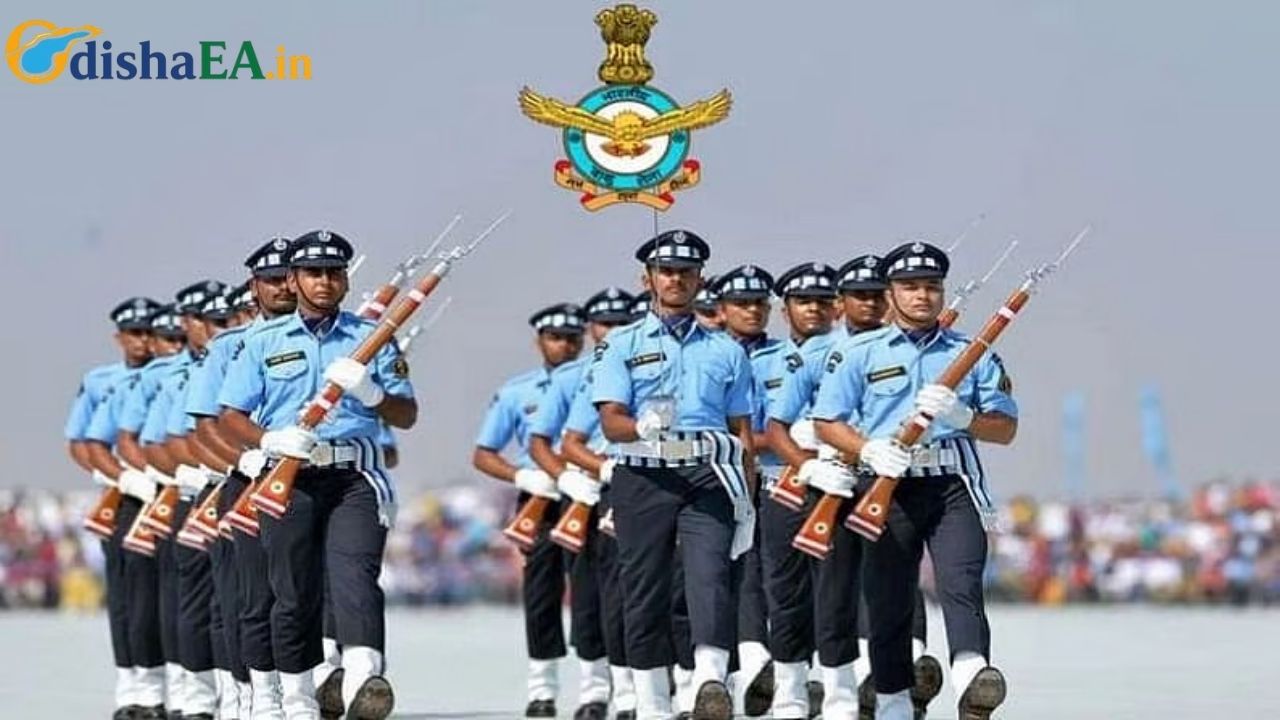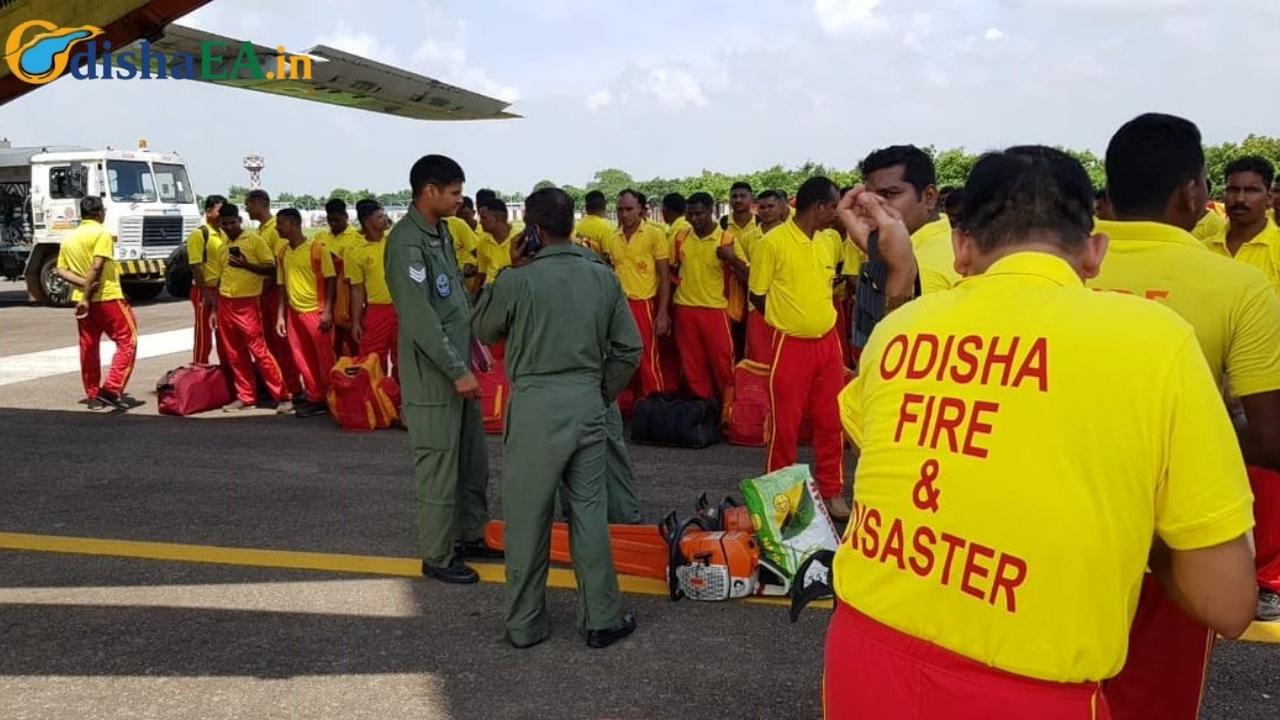BHUBANESWAR, India – The Government of Odisha has initiated a significant medical officer recruitment drive to hire 1,840 doctors, a move aimed at strengthening public health infrastructure and addressing critical staff shortages, particularly in remote and tribal-dominated regions. This large-scale effort seeks to improve the state’s doctor-patient ratio and enhance healthcare accessibility for its most vulnerable tribal communities.

A Strategic Push to Address Healthcare Disparities
The Odisha Public Service Commission (OPSC) is managing the recruitment process for Medical Officers in the Group-A (Junior Branch) of the Odisha Medical & Health Services (OMHS) cadre. According to an official notification from the state’s Health and Family Welfare Department, this initiative is one of the largest of its kind in recent years and is designed to fill long-standing vacancies that have hampered service delivery.
The move comes as part of a broader strategy by the administration of Chief Minister Naveen Patnaik to overhaul the state’s health sector. Officials state the primary goal is to ensure that every citizen, regardless of their geographical location, has access to qualified medical professionals. The newly recruited officers are expected to be posted at Primary Health Centres (PHCs), Community Health Centres (CHCs), and Sub-Divisional Hospitals, with a strong emphasis on underserved areas.
The State of Odisha Tribal Health
Odisha has one of India’s largest and most diverse tribal populations, with 62 distinct tribes comprising over 22% of the state’s total population. These communities predominantly reside in hilly and forested regions, which often face significant infrastructural challenges, making access to essential services like healthcare difficult.
For years, health indicators in these regions have lagged behind state and national averages. Issues such as high rates of infant and maternal mortality, malnutrition, and the prevalence of communicable diseases like malaria and tuberculosis remain persistent challenges. A key contributing factor has been the severe shortage of medical personnel.

Persistent Challenges of Vacancy and Access
According to data from the Indian government’s Health Management Information System (HMIS), many states, including Odisha, have struggled to maintain sanctioned doctor strength in rural health facilities. Experts point to several reasons for this, including professional isolation, lack of social amenities, and limited opportunities for career advancement, which often deter medical graduates from accepting posts in remote locations.
“The challenge is not just recruitment, but retention,” said Dr. Sonali Mohapatra, a public health researcher based in Bhubaneswar. “Placing a doctor in a remote center is the first step. Ensuring they have the necessary diagnostic tools, support staff, and a conducive living environment is what will make this initiative sustainable and truly impactful for healthcare in Odisha.”
Government and Expert Perspectives on the Impact
The state government has expressed confidence that this recruitment drive will fundamentally alter the public health landscape. In a statement, V.K. Pandian, a key aide to the Chief Minister, emphasized that strengthening human resources in the health sector is a top priority. The government hopes this infusion of medical talent will improve early diagnosis, treatment, and management of diseases, thereby reducing the burden on tertiary care hospitals in urban centers.
While public health advocates have largely welcomed the move, they also caution that it must be part of a multi-pronged approach.
- Bar 1: “Odisha (Tribal Districts)” – Ratio (e.g., ~1:3000, based on available data)
- Bar 2: “Odisha (State Average)” – Ratio (e.g., ~1:1500)
- Bar 3: “WHO Recommendation” – Ratio (1:1000) The chart should visually highlight the significant disparity the recruitment aims to address.]
“This massive medical officer recruitment is a commendable and necessary step to address the immediate human resource gap,” commented a senior official from a non-governmental organization working on health in the state, who requested anonymity. “However, to see long-term improvements in the Odisha tribal health indicators, this must be complemented with investments in supply chains for medicines, upgrading diagnostic facilities, and robust training for paramedical staff.”
Odisha TEX 2025 Attracts Rs 7.8K Crore in Investment Proposals, Promises 53,000 Jobs
Odisha Government Greenlights Two New OISF Battalions: 1,944 New Jobs Created!
The government has also been implementing other health-focused programs, such as the Biju Swasthya Kalyan Yojana (BSKY), a universal health assurance scheme providing coverage to nearly 96.5 lakh families. The success of such insurance schemes is intrinsically linked to the availability of quality primary care, which the new doctors are expected to provide.
The recruitment process is slated to be completed in the coming months, with the OPSC conducting a written examination followed by interviews. The successful candidates will be instrumental in the state’s mission to bridge the urban-rural divide in healthcare and ensure that its tribal communities are not left behind in the pursuit of health and well-being.





